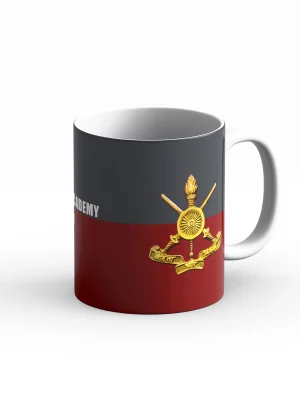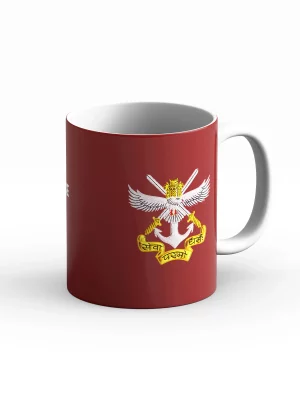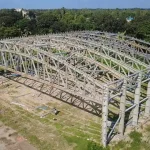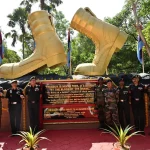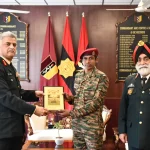In a powerful display of integrated military strength, the Indian Armed Forces successfully concluded “Akhand Prahar”, a large-scale tri-service combat exercise conducted under Exercise Trishul 2025. The drill, held across India’s western, northern, and eastern frontiers, marked one of the most expansive and technologically advanced demonstrations of unified combat preparedness in recent years.
Tri-Service Integration Across Multiple Fronts
The exercise brought together formations from the Indian Army, Navy, and Air Force, executing simultaneous operations across land, air, and maritime domains. The emphasis was on jointmanship, interoperability, and networked warfare — key tenets of modern combat. Real-time data exchange linked command centres to frontline formations operating in deserts, high-altitude terrains, and maritime zones, enabling unified decision-making under simulated wartime stress.
According to defence officials, the objective of Akhand Prahar was to validate India’s ability to conduct high-tempo, multi-theatre operations through rapid coordination, precision targeting, and sustained logistics. The exercise underscored the Armed Forces’ readiness to execute decisive joint responses in hybrid and contested environments.
Advanced Technology and Drone Warfare Focus
A defining highlight of Akhand Prahar was the integration of drone warfare and counter-UAV tactics. Indigenous surveillance drones and loitering munitions conducted reconnaissance and simulated offensive missions, while electronic warfare units neutralised adversarial communication grids. The drills also featured AI-enabled situational awareness tools, resilient communication networks, and digital command systems that improved operational response times and accuracy.
Experts observed that these technologies mirror India’s growing emphasis on autonomous systems and electronic warfare, signalling a transformative shift toward domain-fused and network-centric operations.
Combined-Arms Operations and High-Mobility Strikes
On the ground, T-90 Bhishma tank formations spearheaded high-mobility armoured thrusts supported by mechanised infantry and attack helicopters. Combined-arms brigades executed deep penetration and rapid envelope tactics to overcome simulated enemy defences. Artillery regiments employed upgraded digital fire-control systems to deliver coordinated precision fire support with shorter reaction times.
Simultaneously, Indian Air Force (IAF) squadrons, including Su-30MKI, Rafale, and TEJAS fighters, conducted precision air-interdiction, close air support, and night strike missions. These operations were coordinated with satellite-based reconnaissance and real-time UAV inputs, enhancing the precision and lethality of air strikes.
Maritime and Mountain Operations Synchronised
The Indian Navy complemented the exercise with maritime security simulations focusing on coastal defence, sea-lane protection, and amphibious coordination with land-based formations. Meanwhile, units in the northern theatre rehearsed high-altitude warfare drills involving rapid troop insertion, mountain artillery coordination, and integrated airlift missions.
Transport aircraft such as C-17 Globemaster and Chinook helicopters played a crucial role in rapid reinforcement, medical evacuation, and logistics delivery to forward posts under extreme weather conditions.
Validation of Hybrid Warfare Readiness
The Ministry of Defence emphasised that Exercise Trishul 2025 validated India’s readiness for modern hybrid warfare, blending conventional, electronic, and cyber operations into a unified response framework. The exercise also stressed civil-military coordination for contingency management and disaster response, reinforcing India’s whole-of-nation approach to national defence.
With Akhand Prahar, the Indian Armed Forces showcased not only their expanding technological prowess but also the maturity of their joint operational doctrine. The exercise reaffirmed India’s commitment to developing a fully network-centric, multi-domain combat force capable of responding swiftly and decisively to any external threat.



